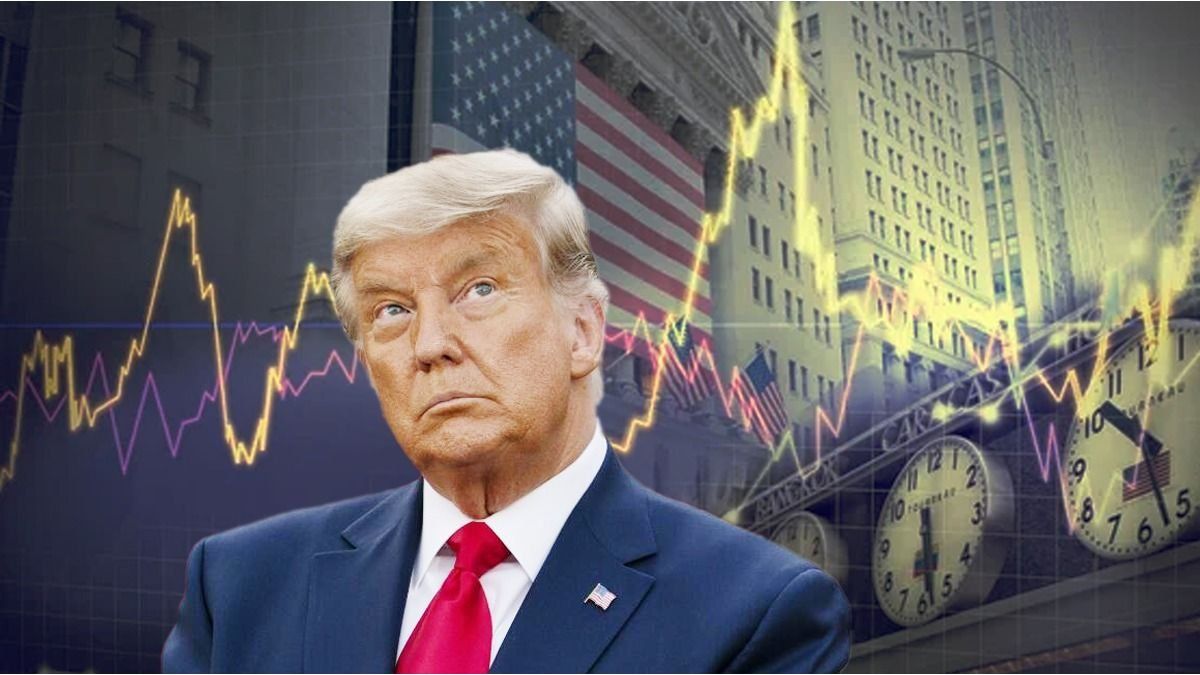European stock exchanges fell on Friday, after frequent changes in United States commercial policy during the week caused risk aversion, while attention focused on the next key data on employment in the United States. The Stoxx 600 panel In Asia, the casualties reached up to 2% in Tokyo.
The reference index closed without almost variation on Thursday, after the TRUX OF THE INTEREST RAT OF THE EUROPEAN CENTRAL BANK will counteract the pressures of the rise in long -term bond yields.
The president of the United States, Donald Trump, suspended on Thursday the 25% tariffs that had imposed this week of most products from Canada and Mexico, the most recent turn in a fluctuating commercial policy that has hit the markets.
Luxury values also weighed in the main index: Richemont’s shares lost 4.1%, Burberry collapsed 4%and Keing’s those retreated 2.6%. Retailers also yielded, 1.3%, dragged by a 3.8% drop of the Zalando electronic retailer, after the purchase of 90% about you.
All eyes were put in the United States non -agricultural employment creation report, followed by a speech by the president of the Federal Reserve, Jerome Powell, who could give clues about the monetary policy perspectives of the world’s largest economy. In other values, the Network operator Elia Group fired 17% to the head of Stoxx 600 after presenting its full year results.
United States publishes its Employment Report: Impact on Fed and Markets
This Friday, the market will be attentive to the publication of the Employment Report in the United States corresponding to Februarya key fact to evaluate the health of the economy and the future decisions of the Federal Reserve (Fed). The creation of 156,000 non -agricultural payrollovercoming the 143,000 registered in January, while the Unemployment rate would remain at 4.0%.
What does this data for the US economy mean?
The employment report is a fundamental indicator that can influence the monetary policy of the Fed and, therefore, in global financial markets. According to analysts of Bankinteralthough a slight rebound in job creation is expected, the real focus will be in the salary growththat in January it remained in +4.1% year -on -year.
“The data can be distorted by temporary factors, such as fires in California, but the key will be to see if the growth of wages remains stable or accelerates,” they said from Bankinter (BME: BKT).
How will markets react?
Analysts emphasize that the market could react in two ways. If the data is lower than expected, lInvestors could interpret it as an economic slowdown signal, which I would press the Fed to lower interest rates before planning.
Instead, a data is too weak could increase recession fearswhich would lead to a Sales wave on Wall Street and, possibly, in European markets.
Impact on the Fed: Will you lower the rates before expected?
Labor market behavior will be key to the next decisions of the Fedwhich has maintained a cautious posture about interest rate cuts. A solid labor market could delay any monetary flexibility, while Weak figures could accelerate rates drop To avoid a recession.
Source: Ambito
I am a 24-year-old writer and journalist who has been working in the news industry for the past two years. I write primarily about market news, so if you’re looking for insights into what’s going on in the stock market or economic indicators, you’ve come to the right place. I also dabble in writing articles on lifestyle trends and pop culture news.




